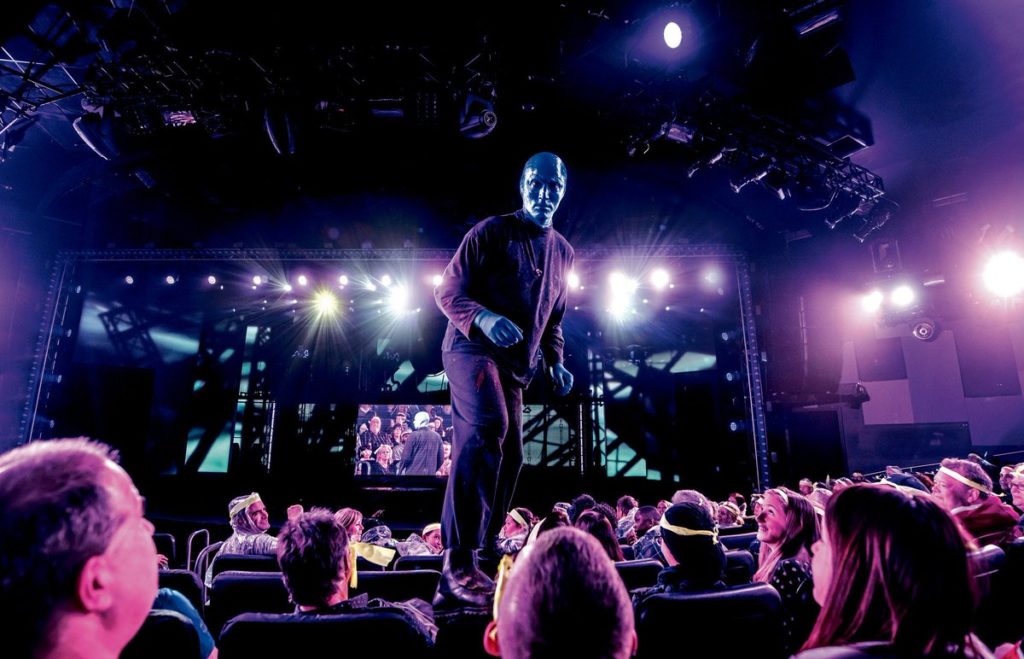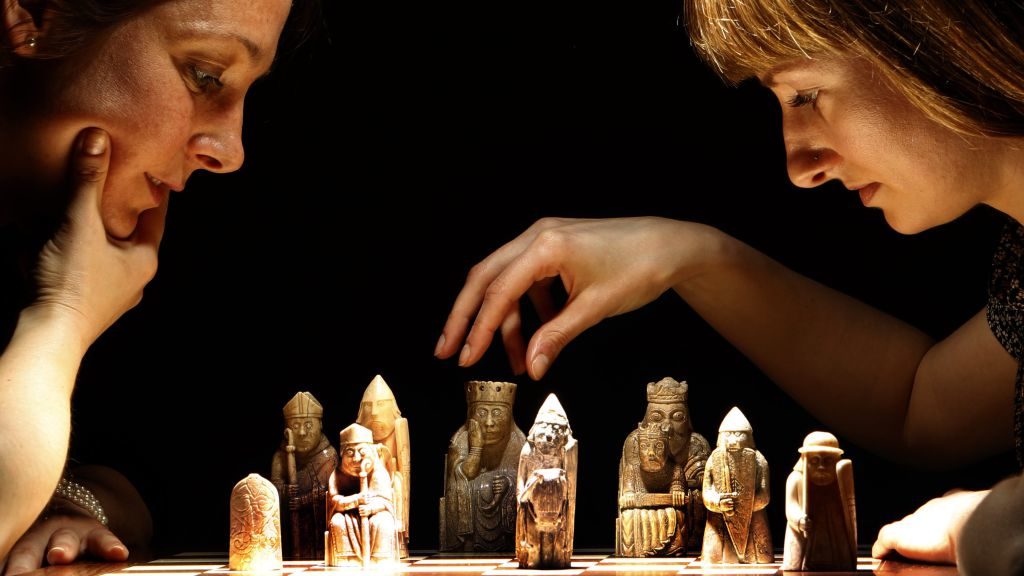Arts in the News: Cartoons that Don’t Make the Cut, Salvador Dalí’s Mustache and more
Cartoons that Don’t Make the Cut
Cartoons have long been a staple of newspapers and magazines–making us laugh at everything from social commentary to just plain silliness. The Huffington Post interviewed Ellis Rosen, a Brooklyn-based comic artist who recently become of The New Yorker’s daily cartoonists-in-residence, responsible for crafting timely comics on current events. Beyond sharing some of his comic ideas that never made it to print, Rosen provides a glimpse into the life of a cartoonist, explaining his daily routine and the time each comic requires. “My days are usually split up into thinking/reading/sketching days and drawing days,” he explains. The time a drawing takes depends on the topic, and whether or not Rosen has drawn certain items or scenarios before. He has several favorite rejected cartoons, like one with a bear at a cocktail party and another where white rabits have mutineed against a magician. Rosen explains that hitting the right tone with political cartoons often involves a dichotomy of positive and negative emotions: “Pay attention to how your friends and family feel about what’s happening to them, and don’t stop there….Listen to your own feelings too, and don’t be scared to make fun of them.” Interested in seeing some of Rosen’s other rejected cartoons, as well as the sketches he does before final drafts? Check out the interview .
Fear Not, Salvador Dalí’s Mustache is Intact–And He Might Have a Daughter
It has been confirmed that, 28 years after his death, the iconic mustache of Salvador Dalí remains in tip-top shape. The famous surrealist artist’s embalmed remains were exhumed recently in order to retrieve genetic samples that may help determine whether or not he fathered a child 61 years ago (Dalí currently has no known children). A 1.5-ton stone slab had to be removed in order to open the crypt holding Dalí’s remains. Forensic experts have sent four teeth, some nails, and bone marrow to Madrid for testing. Narcis Bardalet, responsible for embalming Dalí’s body after his death, was present for the occasion: “His face was covered with a silk handkerchief, an exquisite handkerchief….As I removed the handkerchief, I saw with great joy how his mustache remained intact, pointing to 10-past-10, like on a clock face, just as he wanted. It’s a miracle.” Spanish astrologist and tarot reader Pilar Abel has alleged that she is the result of a love affair between the famous artist and her mother, who worked as a domestic helper in a Spanish fishing village where the artist lived with his wife. If Abel is indeed Dalí’s biological child, she could lay claim to a significant portion of the artist’s estate, worth hundreds of millions of dollars. Only time will tell if Dalí’s bloodline lives on!
The Faceless Women on Book Covers
Author Anna Solomon writes about a curious trend in the world of books: what Eugenia Williamson called the “Sexy Back” and “Headless Woman.” Overwhelmingly, Solomon writes, book covers featuring images of women’s backs or their bodies (cropped, with heads out of the frame) belong to women authors. “Even when male authors write novels that include women and sex…their covers are more likely to feature large font, maybe an abstract image, perhaps a landscape,” she explains. A survey of covers by South Asian writers revealed that books by male authors featured things like buildings, ancient paintings, and large landscapes. “Bodies in Motion,” by female writer Mary Ann Mohanraj, on the other hand, features a woman in a red sari whose head is out of frame. Often initial designs for women’s books are rejected in favor of the “sexy back” or “headless woman,” as was the case for Mohanraj’s book as well as Cristina Hernriquez’s “The Book of Unknown Americans.” Solomon argues: “The messaging is clear. These covers are code for ‘women’s fiction‘–i.e. breezy, easy, accessible.” For woman authors who don’t write such pieces, this puts them in a double bind, not only demeaning their book in the view of the literary establishment, but potentially promising readers something different from what they will find. Solomon’s argument surely gives an additional layer of meaning to the old adage, “don’t judge a book by it’s cover.”
Do We Need More Artists in Politics?
The results of the 2016 U.S. presidential election have stirred the political pot: organizations like Emily’s List are redoubling their efforts to get fresh faces elected to office–especially the type of faces we rarely see in such positions. Now, the “Artist Campaign School” is working to address what they see as another underrepresented group in the political arena: artists. Accepting applications in August and September 2017, the school is “open to artists and arts administrators from across the political spectrum, regardless of the profile of the office you seek…” The school will train you in “everything you need to know to get your political campaign up an running,” including education on fundraising, policy statements, and other practical challenges. On their website, the school appeals to artists’ sense of passion and justice, saying: “Artists tend to be an active and passionate bunch. When they see something wrong in the world, they want to get involved and fix it. But when that something is politics, it’s hard to figure out where to begin.” That, they argue, is where the school comes in. Interested? Check out there website. https://artistcampaignschool.org

